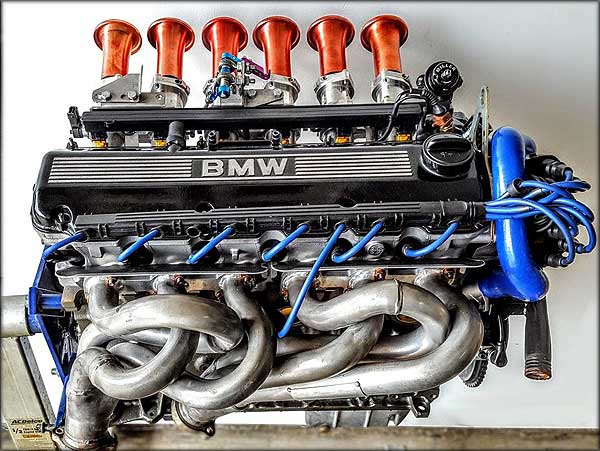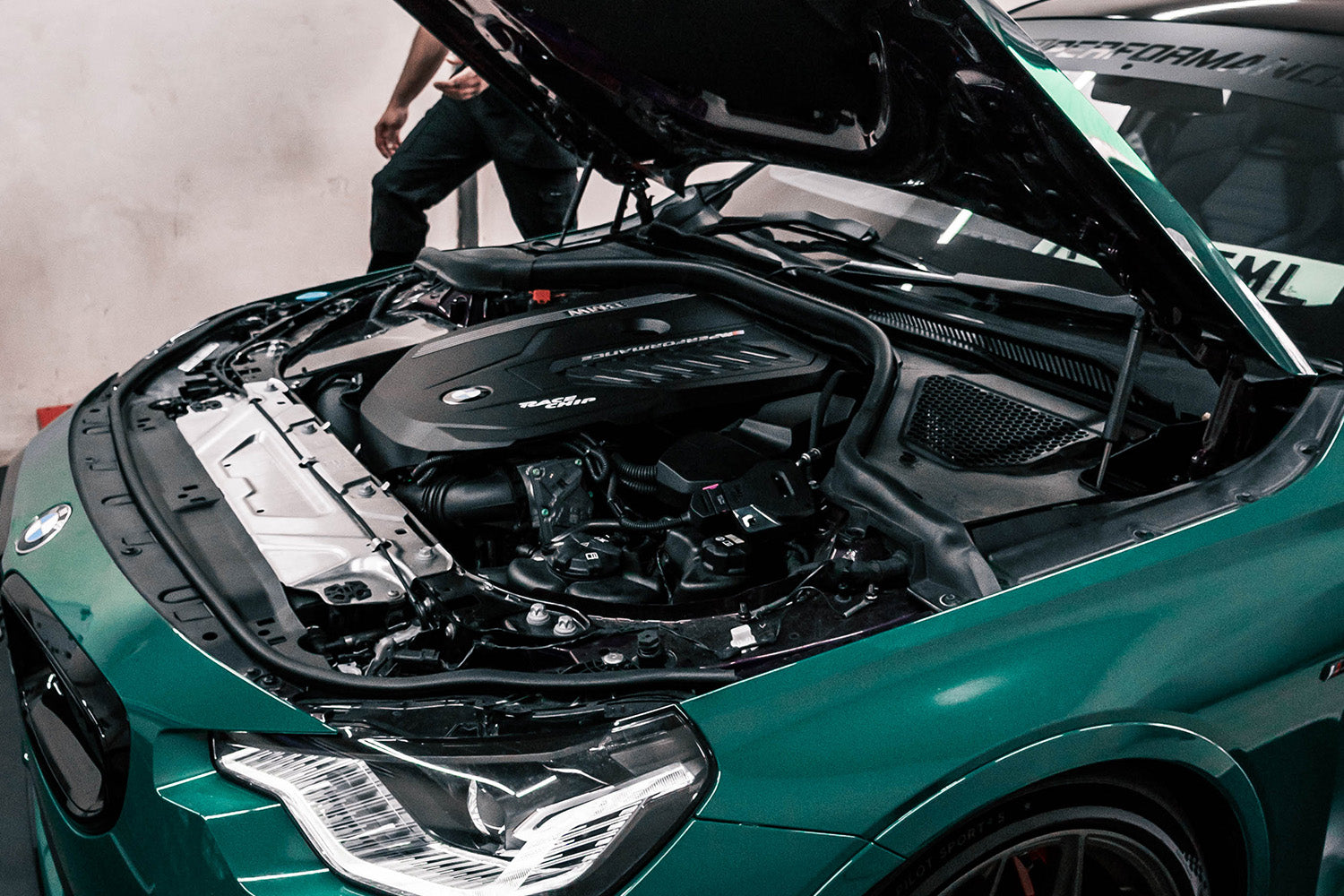A Comprehensive Guide to Comprehending BMW Engine Specs
A Comprehensive Guide to Comprehending BMW Engine Specs
Blog Article
Exploring the Advancement of Burning Engines in Modern Transport Solutions
As we navigate the landscape of contemporary transport, the advancement of burning engines stands as a testimony to human resourcefulness and engineering prowess. From their humble beginnings to the advanced powerhouses driving automobiles today, burning engines have undergone an amazing journey of development and adaptation. Understanding the intricacies of this evolution not just clarifies the past however likewise paves the method for visualizing what lies in advance in the world of transportation technology. The interplay of background, innovation, and environmental concerns fit the trajectory of burning engines produces a narrative that is both engaging and informative.
Early Beginnings of Combustion Engines
Exactly how did the concept of burning engines very first arise in the early stages of transport development? The roots of burning engines can be mapped back to the 17th century when the principles of interior combustion were initial discovered.
The breakthrough moment included the creation of the first effective gasoline-powered engine by Karl Benz in 1885 - bmw engine. This engine paved the means for the advancement of the contemporary vehicle, reinventing transportation systems worldwide. Succeeding advancements by Nikolaus Otto and Gottlieb Daimler additionally refined combustion engine modern technology, bring about the mass manufacturing of vehicles and the quick development of the transport market
These early combustion engines were defined by their simplicity and effectiveness, laying the foundation for the complicated and powerful engines utilized in modern-day transportation systems. The advancement of burning engines has contributed in forming the method we travel and carry products, marking a substantial landmark in the background of transportation development.
Transition to Internal Burning Innovation
The transition to internal burning innovation marked an essential shift in the evolution of transport systems. This shift began in the late 19th century, with inventors like Nikolaus Otto and Gottlieb Daimler creating the very first successful inner burning engines. These engines changed transport by providing an extra reliable and powerful option to vapor engines and electrical motors.
One of the vital advantages of inner combustion engines was their ability to be reduced to fit into lorries, causing the development of automobiles and motorbikes. This change from large, fixed engines to small, mobile ones led the way for the modern-day transportation systems we see today.
The change to interior burning innovation additionally spurred advancements in fuel technology, causing the development of gas and diesel as primary fuel resources for lorries. This change not only made transportation extra easily accessible to the masses but likewise laid the foundation for the oil and gas market to come to be essential to worldwide economies.
Effect of Combustion Engines on Transport
The adoption of combustion engines in transport systems militarized an extensive shift in the effectiveness and rate of global mobility. Combustion engines reinvented transport by providing a trustworthy and versatile resource of power for numerous vehicles, including automobiles, ships, trucks, and airplanes. This development dramatically boosted the capacity for people and goods to relocate over fars away in much shorter timespan, bring about raised connection in between areas and countries.
Moreover, the extensive use of burning engines has actually had a substantial influence on financial advancement. The capability to deliver products effectively has actually spurred trade and commerce, allowing companies to expand their markets and reach customers worldwide. This has actually assisted in economic growth and globalization, as products can currently be transported much faster and in larger amounts than ever previously.
Nonetheless, the ecological effect of combustion engines can not be neglected. The combustion of fossil gas has actually caused air pollution and greenhouse gas emissions, adding to climate change and posturing over here wellness dangers to populations. bmw engine. As an outcome, there is an expanding emphasis on creating alternate propulsion innovations to mitigate these adverse impacts and create an extra sustainable future for transport
Technologies in Burning Engine Design
One noteworthy development is the advancement of turbocharged engines, which utilize exhaust gases to drive a wind turbine that presses inbound air, enabling for more fuel to be burnt, resulting in increased power result without a substantial rise in engine dimension. Variable valve timing systems have actually also transformed engine design by optimizing air movement at various engine speeds, enhancing both power and efficiency. These innovations jointly add to the continuous improvement of combustion engines in modern-day transport systems.
Future Trends in Burning Engine Growth
With modern technology improvements driving continuous innovation, the future of burning engine advancement is positioned to reinvent transportation systems globally. Among the crucial trends in burning engine advancement is the press towards higher efficiency and minimized emissions. Manufacturers are investing greatly in research and development to enhance engine efficiency while meeting rigorous ecological policies. This consists of the combination of sophisticated gas injection systems, boosted turbocharging methods, and making use of light-weight products to maximize gas intake and minimize carbon emissions.
Another famous fad is the adoption of hybrid innovations in burning engines. Hybrid engines integrate standard burning modern technology with electrical power, providing enhanced gas performance and lower emissions. As the automobile market changes towards electrification, hybrid combustion engines are seen as a transitional solution that connects the space in between standard lorries and fully electric ones.
Additionally, the assimilation of clever modern technologies, such as expert system and information analytics, is anticipated to play a substantial role in the future of combustion engine development. These technologies can optimize engine performance in real-time, resulting in much more effective combustion processes and enhanced general car efficiency. Accepting these future fads will not only drive development in combustion engine development but also contribute to a more ecologically friendly and lasting transport ecosystem.

Verdict
In final thought, the development of burning engines in contemporary transportation systems has been marked by substantial innovations in innovation and style. From the early starts of combustion engines to the transition to inner combustion technology, these engines have actually had a profound impact on transport.
The roots of combustion engines can be mapped back to the 17th century when the principles of inner combustion were first discovered. These engines reinvented transportation by supplying a much more powerful and effective choice to heavy steam engines and electric motors.

Report this page